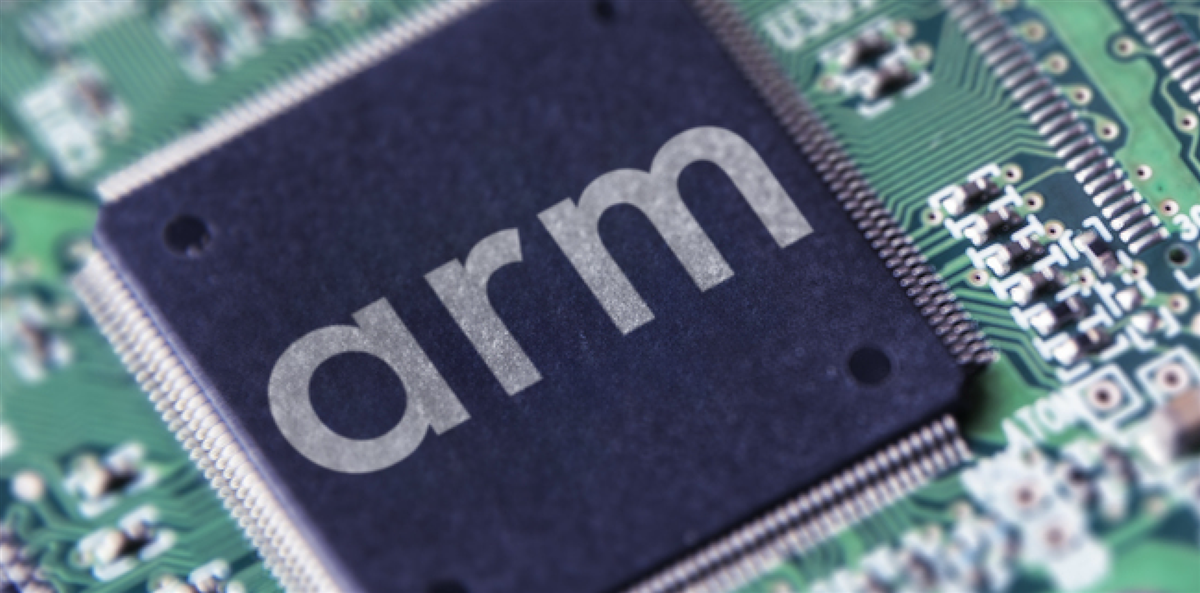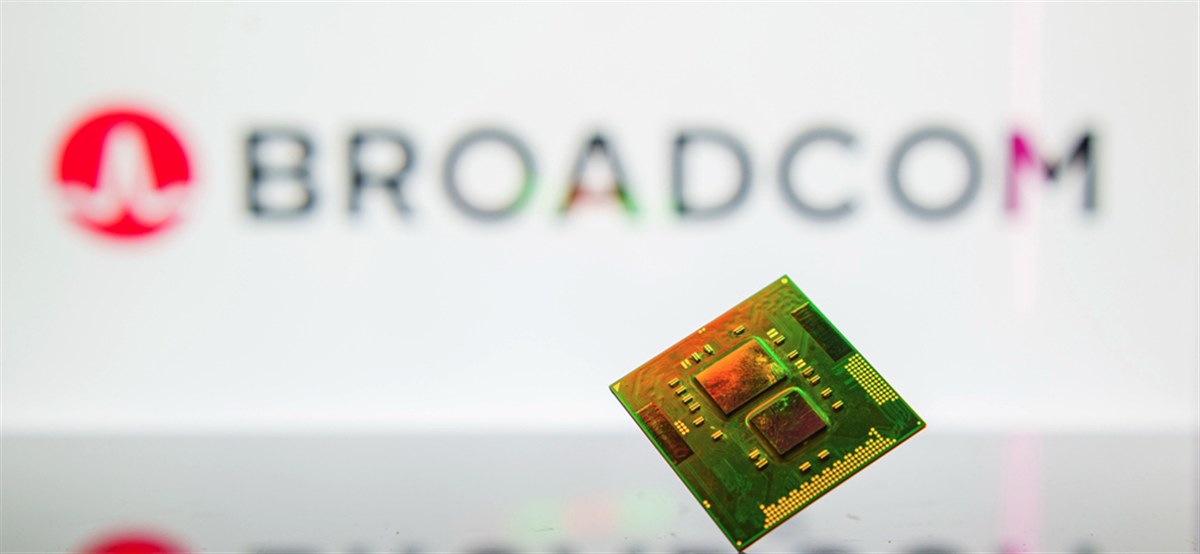Arm Holdings Aims for 50% Data Center Market Share

Arm Holdings (NASDAQ: ARM), a UK-based chip designer, has set a goal of securing 50% of the data center CPU market by the end of 2025. Company executives revealed this in early April 2025, and it represents a significant jump from their estimated 15% share in 2024.
This bold move directly challenges the dominance of Intel (NASDAQ: INTC) and Advanced Micro Devices (NASDAQ: AMD) in the high-margin data center CPU market.
Driven by the increasing demand for artificial intelligence (AI), hitting this strategic target could reshape the digital infrastructure landscape.
Arm's Answer to AI's Energy Appetite
The increasing demand for AI is driving Arm's data center push. Training and running AI models require substantial computational power, which strains existing data center infrastructure and increases energy consumption. Arm's architecture is power-efficient, which lowers operating costs and provides a sustainable solution for scaling AI infrastructure. This is a competitive advantage over traditional x86 architectures.
Arm executives highlight this energy efficiency as a key selling point for hyperscalers and enterprises managing the power demands of next-generation AI workloads. Arm's fiscal third-quarter results cited increased usage of Arm chips in data centers as a contributor to record royalty revenue.
Hyperscaler Adoption & Ecosystem Momentum
Arm's ambitions in the data center sector are increasingly supported by concrete design wins and deployments by major tech companies. For instance, NVIDIA (NASDAQ: NVDA) incorporates Arm's high-performance Neoverse-based Grace CPU in its advanced AI systems, demonstrating Arm's capability at the high end.
Cloud giants are also investing heavily. Amazon Web Services (AWS) has rapidly deployed its custom Arm-based Graviton processors, which reportedly account for over half of its new server capacity additions in recent years. Similarly, Google Cloud uses its Arm-based Axion processors, and Microsoft (NASDAQ: MSFT) offers instances powered by its Arm-based Cobalt chips. This shows a clear trend among hyperscalers to leverage Arm's architecture for performance, efficiency, and potentially greater control over their hardware.
A shifting software ecosystem further supports growing adoption. Arm's infrastructure chief, Mohamed Awad, notes that software development is increasingly prioritizing the Arm platform, which is crucial for broader adoption in data centers. This momentum is financially significant for Arm, as data center chips typically incorporate more of Arm's intellectual property than simpler mobile chips. This allows the company to charge higher royalty rates and makes market share gains particularly valuable.
The Data Center Power Shift
If Arm Holdings makes significant progress toward its 50% market share target, it could substantially change the semiconductor industry, especially for Intel and AMD. These two companies are based on the x86 architecture, which has dominated the server and data center CPU market for most of its history. Arm's focused effort is the most substantial challenge to their position in a long time.
If major data center operators were to shift to Arm-based processors on a large scale, it would directly decrease Intel and AMD's market share in one of their most profitable areas, potentially impacting their revenues and profit margins. This competitive threat will likely force Intel and AMD to respond strategically, possibly with faster product development, a renewed emphasis on power efficiency and performance-per-watt metrics, and potential price adjustments.
Beyond the direct impact on Intel and AMD, Arm's growth could also reshape the AI hardware ecosystem, potentially accelerating the trend toward greater diversity in chip designs and customized solutions. This would further influence the strategies of chip designers and cloud service providers.
Reality Check: Hurdles on the Path to 50%
Despite its significant momentum and advantages, Arm faces substantial challenges in reaching its goal of 50% data center CPU market share by the end of 2025. Displacing established x86 infrastructure and competing against entrenched competitors like Intel and AMD, who have vast resources and customer relationships, will require near-flawless execution.
While the software ecosystem is shifting, ensuring comprehensive compatibility across diverse data center applications remains an ongoing effort. To overcome inertia and perceived switching costs, Arm must consistently prove performance, leadership and cost-effectiveness. Additionally, potential regulatory and legal challenges, such as Qualcomm's recent antitrust complaints, could introduce uncertainty and impact Arm's operations or partnerships.
Balancing High Hopes With High Multiples
Arm Holdings' data center narrative presents a complex layer for investors evaluating the stock. As of early April 2025, Arm shares were trading around $108, down year-to-date and reflecting the volatility since its late 2023 IPO. The stock's persistently high valuation multiples, with a trailing price-to-earnings P/E ratio around 142, a forward P/E near 119, and a price-to-sales ratio exceeding 30, indicate the market's expectation of substantial future growth.
Success in the data center market, particularly reaching or nearing the 50% target, is crucial to justifying these metrics. Failure could expose the stock to significant downside pressure.
Despite valuation concerns, Arm Holdings’ analyst community maintains a moderate buy consensus rating, with an average twelve-month price target of $163.41, suggesting a potential upside of roughly 51%. This positive outlook hinges on Arm's successful execution of its growth strategy, especially its data center push. The relatively low short interest (around 1.26% of float) indicates a lack of widespread bearish bets, though the high valuation remains a key debate point.
Arm Bets Big on the Future of the Data Center
Arm Holdings' goal to capture half of the data center CPU market by 2025 is a high-stakes strategic move directly tied to the AI revolution. Driven by the need for power-efficient computing at scale and supported by adoption from major industry players, Arm has a viable path to disrupt the market.
However, significant challenges exist, including technical execution, software ecosystem maturity, competition, and potential regulatory hurdles. For investors, Arm's success or failure in this endeavor will be crucial in determining the stock's future and whether its premium valuation can be justified by transformative growth in the data center market.
Learn more about ARM


